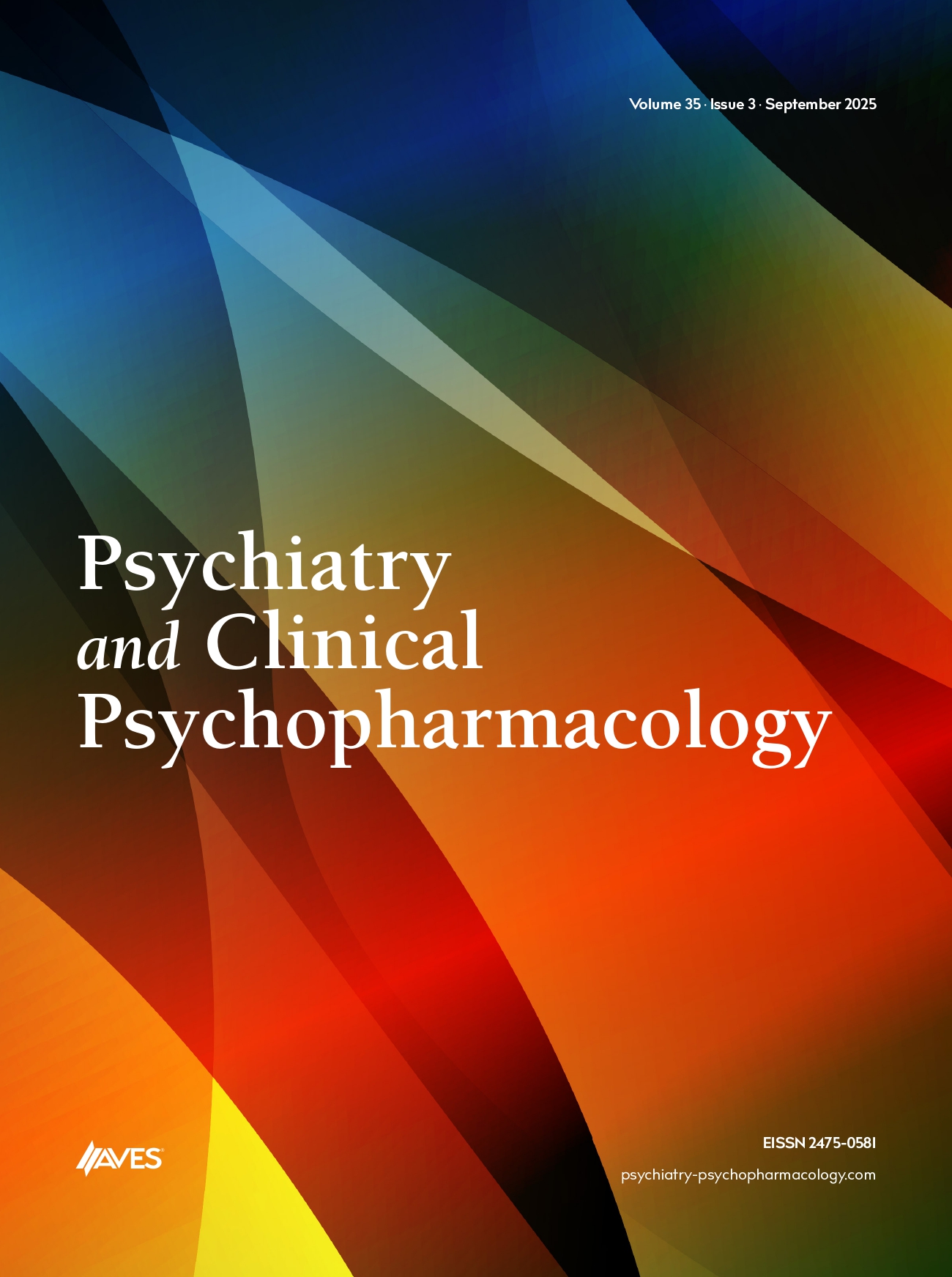Benzodiazepines have become a treatment option for psychiatric disorders since 1960 upon the discovery of its sedative, anxiolytic and hypnotic effects and replaced the barbiturates previously used to obtain those effects. The main indications of benzodiazepines in the psychiatry practice are anxiety disorders, insomnia, alcohol withdrawal, dystonia associated with neuroleptics and akathisia. Their use is limited a possibility of causing impairment in daily, occupational and social functioning, criminal events (theft, harassment, aggression), accidents, fractures, injuries and deaths due to those effects. One-year prevalence of benzodiazepine use at least one time in Germany, Canada, the Netherlands, the USA, Sweden and Belgium was reported as 4-7%, 10%, 10%, 11%, 14.5% and 17.6% respectively. Benzodiazepines can be readily obtained from pharmacies without a prescription in Latin America and some Asian and African countries. It is considered that benzodiazepine use may be more common in those countries. High levels were reported, one-year prevalence of benzodiazepine use at least one time being 31.4% in Chile and monthly prevalence of use in Lebanon being 9.6%. In those studies, the rate of benzodiazepine use was found generally to be higher in females and elderly. It was reported that prescription rate of benzodiazepines among all physicians is 35-50% and it was most frequently prescribed by primary care physicians. It was stated that benzodiazepine prescription rate of psychiatrists was 4.7-11%. There was no community-based prevalence study regarding benzodiazepine use in Turkey.


.png)
.png)